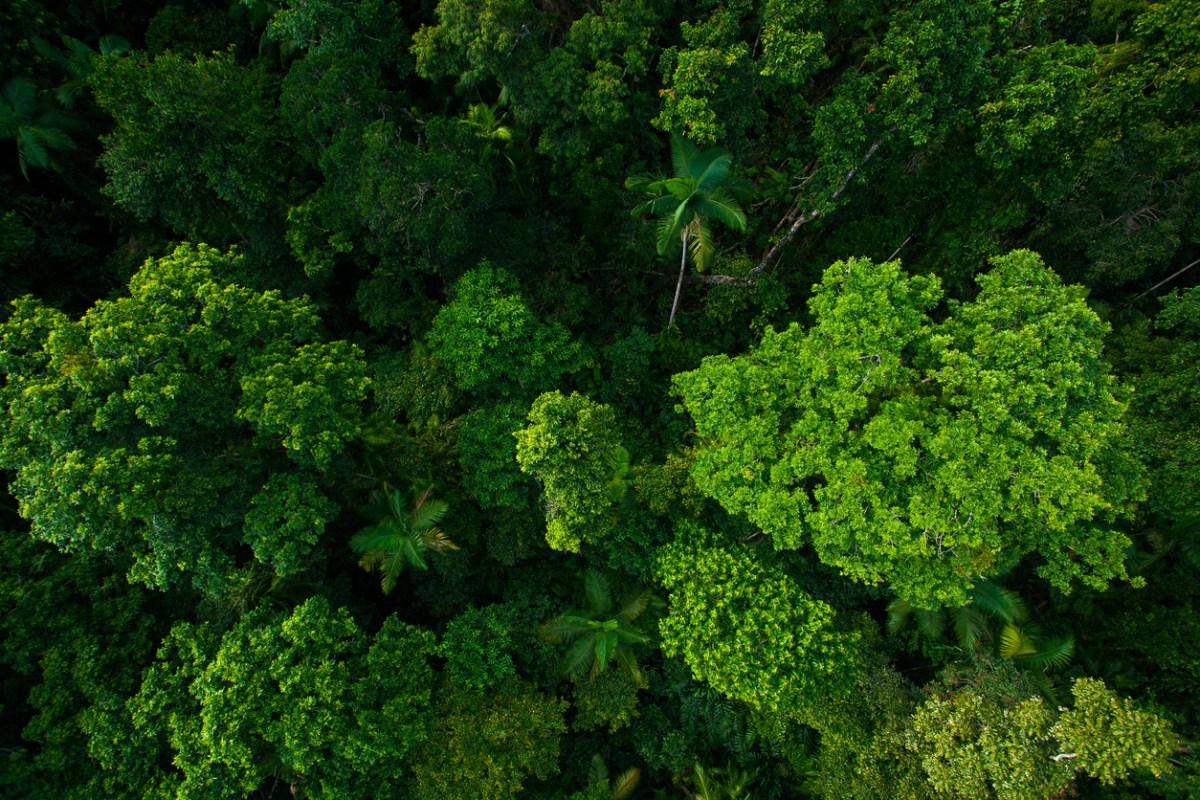Global nature-based investment manager, New Forests, is targeting forest, land and agriculture markets in its latest $600M fund.
The Australia New Zealand Landscapes and Forestry Fund (ANZLAFF) will invest in plantation forestry assets, processing and logistics companies, as well as agricultural commodities. An underlying impact target is to deliver carbon sequestration and emissions reduction.
The company’s Responsible Investment Framework looks at community impacts, reconciliation action plans, as well as managing the firm’s approach to sustainable forestry and sustainable agriculture. It recognises the potential for renewable wood fibre to replace fossil-based material.
“Beyond the sustainable management of assets, ANZLAFF is designed to provide investors with an opportunity to invest in natural climate solutions at scale, not only in the monetisation of carbon sequestration opportunities but also in the emerging circular bioeconomy. Wood fibre is projected over time to replace many higher carbon products currently created from petrochemical plastic, steel and concrete.” says Jo Saleeba, Head of Sustainability at New Forests.
Both investors and policy makers are recognising the potential for natural capital strategies to both contribute to climate goals, while also helping to preserve and regenerate biodiversity.
The Taskforce on Nature-Related Disclosures (TNFD) released the third draft of its foundational framework last month. And this week global experts and policy makers are meeting in Montreal for COP 15, with hopes of establishing a new Convention on Biological Diversity.
“The risk of climate change is driving strategic asset allocation decisions of the world’s largest investors.” says Mark Rogers, New Forests Senior Managing Director in ANZ and the US.
“We believe that investing in the land and forestry sectors is crucial in leading the transition to a sustainable future. In this latest strategy, we will seek to maximise the value of landscape investments by positioning investors to benefit from the alignment of sustainable productive land management, the rise of climate finance, exposure to decarbonisation outcomes, and the circular bioeconomy.”
“Australia and New Zealand are well-established destinations for institutional investors seeking to build a diversified core forestry, land-based investment portfolio, in stable, low sovereign risk locations with close access to export markets across Asia.”

